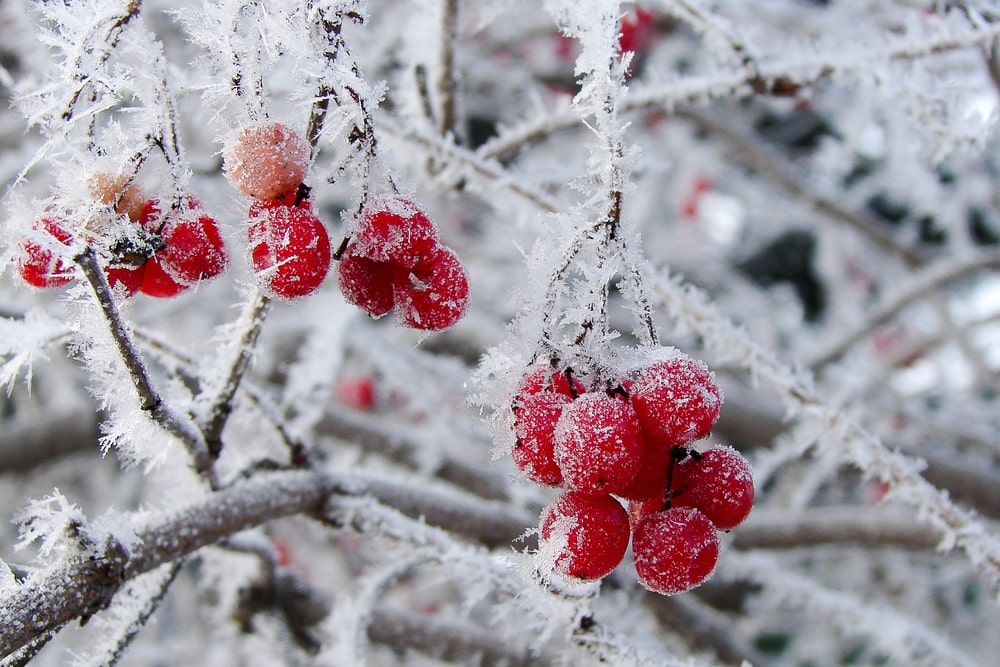When it comes to winter, people’s opinions seem to fall into one of two camps—“Bring it on—the more, the better,” or, “When’s the next plane to Florida?” My oldest son falls into the first camp. I don’t think he’ll be totally satisfied until we get at least three feet of snow. He’s been to Mount Washington, New Hampshire in January! Me, well, I’m more of the second camp. I really don’t mind the snow—as long as it melts immediately from sidewalks, parking lots, roads, and my car and I don’t have to shovel it, walk in it or drive in it, and if I’m going anywhere in January, it might be to visit my cousin in Florida.
According to the calendar, winter runs from the Winter Solstice on or around December 21st through the Spring Equinox on or around March 20th. Meteorologists consider winter running from December through February.
So, here are a few fun statistics about winter:
According to noaa.gov, average winter temperatures in Richmond, Virginia are 51 degrees in December with lows of 31, 47 degrees in January with lows of 28, and 51 degrees in February with lows of 31. Yeah, I thought those temperatures seem a bit warm at first, but we’ve had highs of 80 in December (in 1971), 81 in January (in 2002), and 83 in February (in 1930 and again in 1932). On the other hand, we had lows as low as -2 in December 1917, -12 in January 1940, and -10 in February 1936. The lowest temperature officially recorded in Virginia was -30 at the Mountain Lake Biological Station (located 30 minutes from Blacksburg) in January of 1985.
The coldest temperature recorded in the United States was -80 in Prospect Creek, Alaska, on the Alaskan Pipeline. The coldest temperature ever recorded in the lower forty-eight states was -70 at Roger’s Pass, Montana, in 1954.
Could be worse. In Barrow, Alaska, the average highs in December, January, and February are -2, -7, and –8. The average lows are -14, -19, and -20. As a matter of fact, Barrow, Alaska, goes from November 21 to January 24 without even a sunrise. When the sun rose last January 24, it rose at 1:01 p.m. and set an hour and sixteen minutes later. Just to put things in perspective, in Key West, Florida, their December, January, and February average highs are 76, 74, and 76 while their lows are 67, 64, and 66, and last January 24, the sun rose there at 7:12 a.m. and set at 6:06 p.m. I know where I want to live!
The most snow ever (official measurement) in Richmond, was 21.6 inches in 1940. Coincidentally, 1940 was also the coldest February on record for Richmond. The most snow from a single snowstorm in Virginia was 48 inches in January of 1996. It was in Big Meadows in Madison, County. And, yes, pretty little Tangier Island in the Chesapeake Bay gets snow. In 1958 and again in 1966, they got 10 inches. On the other hand, Rochester, New York, averages 99.5 inches of snow a year, with Buffalo a close second with 94.7 inches a year. Yeah, I am pretty glad I don’t live there.
So, if any of these facts made you long for spring, we have about two months and a half months to go—not that I’m counting.

